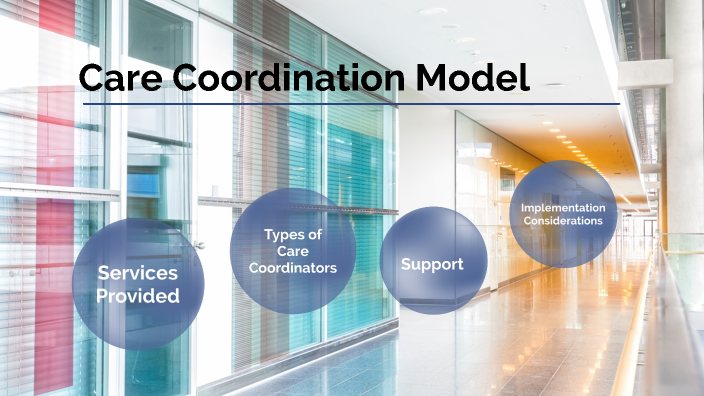Care Coordination Models are frameworks that are designed to facilitate collaboration and communication between healthcare providers involved in a patient’s care. The models play a pivotal role in enhancing the quality, efficiency, and effectiveness of healthcare delivery. Care coordination models also help to ensure that patients receive the right care within the right time, and within the right environment.
The first care coordination model is the Primary Care Medical Home (PCMH). This model views a primary care provider as the central point of contact for coordinating all aspects of a patient’s care. The healthcare team in this model work together to provide comprehensive, patient-centered care. The goal of the PCMH is to provide preventive care, improve the management of chronic disease, and enhance teh coordination of care across various healthcare settings.

The next care coordination model is the Accountable Care Organization (ACO). It encourages healthcare professionals to voluntarily come together to coordinate care for a defined population of patients. The aim of the ACO is to to improve the quality of care while at the same time reducing costs. The model helps coordinate services, promote preventive care, and manage chronic conditions effectively. Healthcare organizations using this model employ data analytics and performance metrics to help them monitor and improve patient outcomes and cost-effectiveness.
Chronic Care Model (CCM) is the third care coordination model. This model capitalizes on enhancing care at transition points such as as patients move from one healthcare setting to another. The CCM is keen on discharge planning, medication reconciliation, patient education, and follow-up as a way to prevent hospital readmissions.
Moreover, the Patient-Centered Medical Home (PCMH) model emphasizes provider-patient relationship to improve care coordinate and enhance the management of healthcare needs. This model emphasizes preventive services, management of chronic conditions, and care coordination. APA
